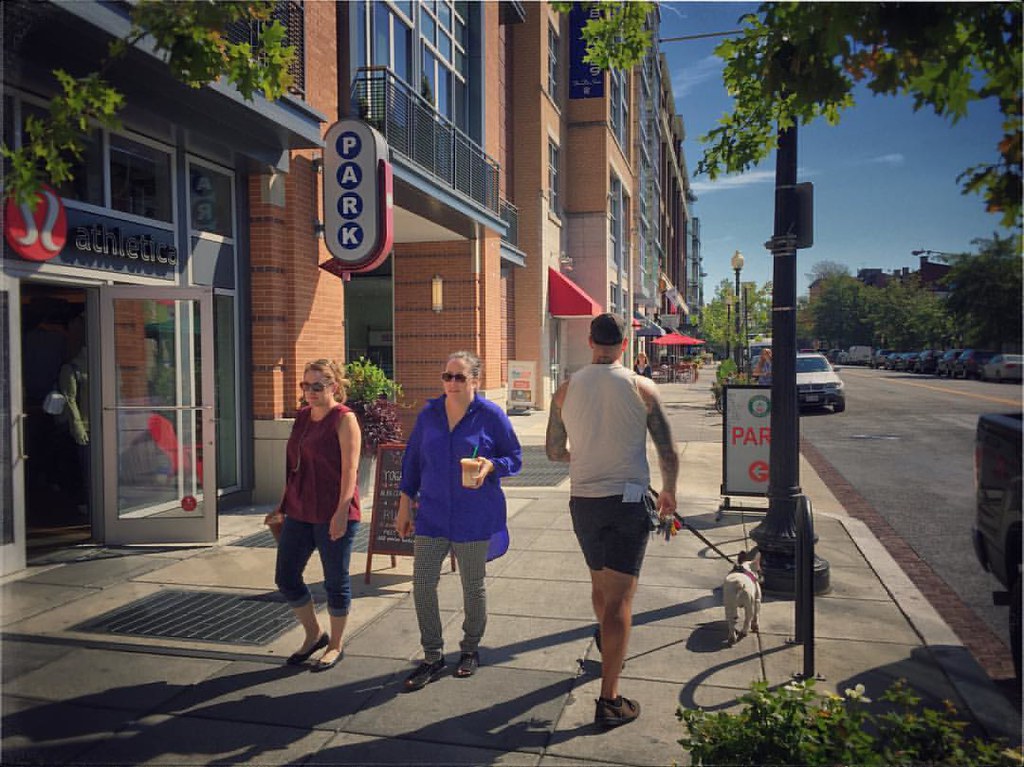Transit in Houston could be getting a dramatic makeover, covering a much greater area and significantly boosting ridership -- and running it won't cost any more than running the current system.
Houston's Metro transit teamed up with TEI, a Houston-based transportation planning firm, and transit consultant Jarrett Walker, who blogs at Human Transit, for an overhaul of its bus routes. The proposal they put together would greatly expand where people can get to in Houston using frequent transit service, all without increasing the system's operating budget.
Above is the map of frequent transit service -- with headways of 15 minutes or less most of the day -- in Houston right now. And here's what is being proposed:

Walker explains on his blog how so much more of the city can be served by frequent bus routes at no extra cost:
There are two answers:
1. That's how much waste there was in the existing system. Waste in the form of duplicative routes, and due to slow meandering routes created due to a few people's demands.
2. Hard choices are proposed about expensive service to very small numbers of people. The plan devotes 80% of Metro's resources to maximizing ridership, which all of these frequent lines do, and only 20% to providing access to people living in expensive to serve places. Currently only about 50-60% of resources are devoted to services where high ridership is a likely outcome. (See here for my paper on this analysis method.) This shift in focus will have negative impacts on small numbers of riders who rely on those services, but these were small numbers indeed . (About 0.5% of existing riders end up over 1/4 mile of service, and most of them are just over that threshold. Often, their longer walk is to a better service, a tradeoff that most people are willing to make in practice.)
The whole geographic focus of the network had to shift. Houston is one of the biggest US cities that still has a radically downtown-oriented transit network despite decades of decentralization. The core area where the existing network converges has only 25% of the region's jobs, and while transit must favor the jobs that are in dense and walkable settings, there are now many highrise clusters around Houston that answer to this description to some degree.
Houston has been growing mostly westward and northward in the last few decades. Its densest residential neighborhood, for example, is Gulfton, located 7 miles west of downtown. Not far from there is its second-densent employment and activity center, Uptown-Galleria. Houston is a constellation of centers, and the transit network needs to be more decentralized to effectively service all of those centers where the density and walkability make transit viable. The high-frequency grid, shown above, reaches all of those places.
The new service plan is not a done deal. Houston Metro will use feedback it receives on the new design before determining whether to move forward.
Elsewhere on the Network today: Seattle Transit Blog reports that weeks after the defeat of a transit ballot issue in Seattle, city officials seem to have settled on a way forward. Better Institutions examines what $400 billion in highway trust fund spending since 2005 has gotten us. And Pedestrian Observations discusses how different suburban forms are suited to different types of transit.






